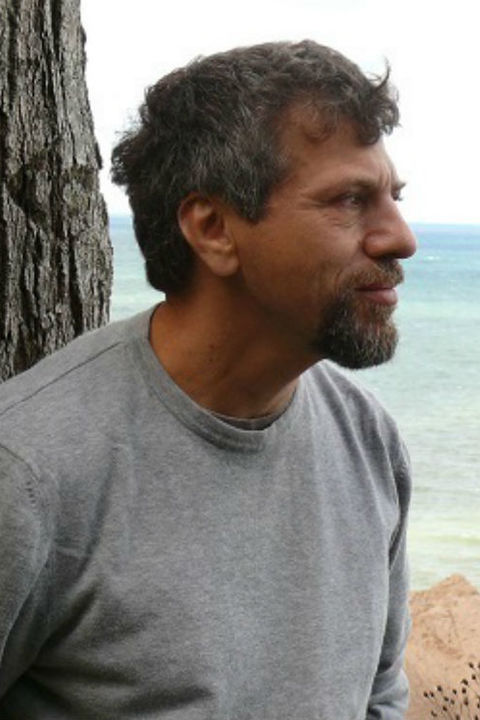
Michael A. Model
Biography
Courses Currently Taught
Human Physiology
Animal Physiology
Current Research: Macromolecular crowding and cell water regulation
When cells are forced to swell or to shrink by being placed in a too concentrated or a too dilute solution, they quickly restore their initial volume. This fact was discovered in the 1960s, and since then, cell volume regulation has become a classical subject. Cell volume adaptation is important in many tissues that frequently face concentrated or dilute fluids (as we drink water, for example).
We are taking cell volume research a step further by considering not just cell volume but also cell density (or, in other words, the concentration of intracellular proteins and other macromolecules in the cytoplasm). This allows us to investigate long-term responses when cells keep growing or dividing and, therefore, their volume is clearly not regulated. However, cell density remains remarkably stable and resistant to various disturbances. But what makes cell density so important and how is it controlled? The clue to this enigma may lie in the phenomenon known as macromolecular crowding. When macromolecules are present at concentrations as high as in the cell cytoplasm, many biochemical reactions proceed differently; and on top of that, they become extremely sensitive even to small additional changes in density. For this reason, it is very likely that intracellular density of macromolecules regulates a variety of cellular processes. We showed, for example, that persistent increase in density acts as a direct signal for apoptotic cell death.
The other interesting aspect of cell density is that it increases in response to various types of stress, such as cell starvation, inhibition of key enzymes, or even in aged organisms. Even when stress results in an overall water accumulation, that extra water becomes segregated into special compartments, while the rest of the cell remains at its normal or slightly higher density. It seems that the cytoplasm becomes resistant to taking in more water, and we hope that further investigation of this effect will lead us to a deeper understanding of cell structure and behavior.
Selected publications
- Hollembeak JE, Model MA. 2021. Stability of intracellular protein concentration under extreme osmotic challenge. Cells 10:3532.
- Model MA, Hollembeak JE, Kurokawa M. 2020. Macromolecular crowding: a hidden link between cell volume and everything else. Cell Physiol Biochem 55:25-40.
- Rana PS, Kurokawa M, Model MA. 2020. Evidence for macromolecular crowding as a direct apoptotic stimulus. J Cell Sci 133:jcs243931.
- Model MA, Petruccelli JC. 2018. Intracellular macromolecules in cell volume control and methods of their quantification. Curr Top Membr 81:237-289.
- Model MA. 2018. Methods for cell volume measurement. Cytometry 93A:281-296
Past collaboration with Anatoly Khitrin
Anatoly Khitrin (1955-2017) was a professor in the Chemistry Department of KSU. His specialty was nuclear magnetic resonance and quantum theory, but he possessed a vast knowledge of all branches of science (https://physicstoday.scitation.org/do/10.1063/PT.6.4o.20180921a/full/). I was fortunate to work with him on several projects. On one occasion, he proposed a highly original theory of membrane potential; another time, he came up with an extremely simple and completely overlooked interpretation of microscopic images. You will find the links to our joint publications at the bottom of this screen
Education
M.S., B.S., Physics of Materials, Leningrad Polytechnic Institute
Expertise
cell physiology
Techniques in optical microscopy
Quantitative Fluorescence
Microscopy
Confocal
Cell volume regulation